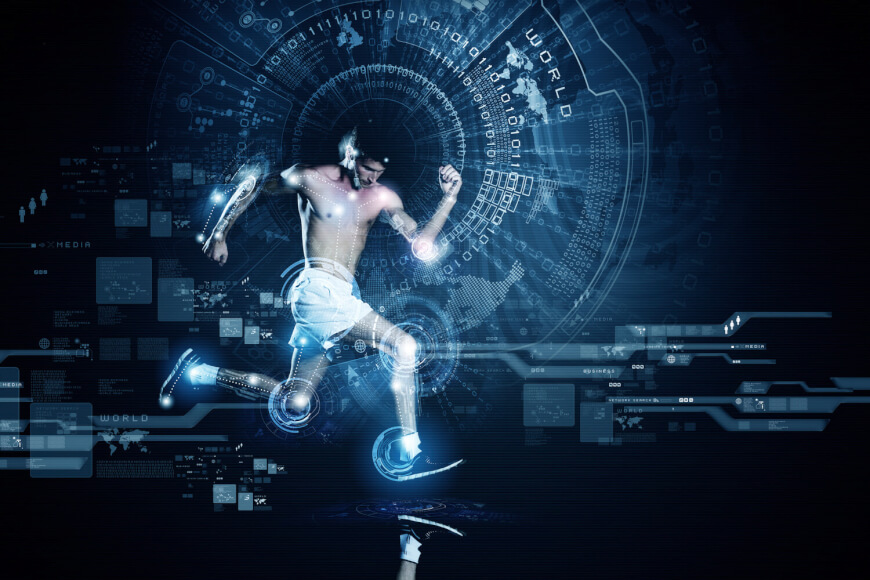-
Wearable Devices: Athletes now have access to a wide range of wearable devices, such as fitness trackers, smartwatches, and specialized sensors. These devices monitor metrics like heart rate, sleep patterns, and body movement to provide valuable data for training optimization.
-
Data Analytics: Big data and analytics are transforming athlete performance analysis. Coaches and sports scientists can now collect and analyze vast amounts of data to fine-tune training regimens and make data-driven decisions.
-
Video Analysis: High-speed cameras, drones, and video analysis software enable coaches and athletes to break down movements and techniques frame by frame. This technology helps in refining skills and identifying areas for improvement.
-
Biomechanics: Advancements in biomechanics technology allow for the detailed study of an athlete's movements. Understanding joint angles, force distribution, and energy expenditure aids in optimizing performance and reducing the risk of injury.
-
Nutritional Science: Athletes can now access personalized nutritional plans with the help of technology. Apps and wearable devices track diet, monitor calorie intake, and provide real-time nutritional recommendations to support peak performance.
-
Virtual Reality (VR): VR is used for training, skill development, and mental preparation. Athletes can practice in realistic virtual environments, enhancing muscle memory and visualization techniques.
-
Recovery and Rehabilitation: Technologies like cryotherapy chambers, hyperbaric chambers, and advanced physical therapy tools expedite recovery and injury rehabilitation. Athletes can return to peak performance levels faster and with reduced risk of re-injury.
-
Performance Tracking: GPS and RFID technology track athletes' movements during training and competition. This data helps optimize strategies, improve tactics, and refine training methods.
-
Biometric Monitoring: Athletes can now wear biometric monitors that track vital signs like temperature, oxygen levels, and hydration in real-time. This information helps coaches make immediate adjustments to keep athletes performing at their best.
-
Environmental Monitoring: Understanding how environmental conditions affect performance is crucial. Technology provides insights into factors like temperature, humidity, and air quality, enabling athletes to adapt their strategies accordingly.
-
Mind-Body Connection: Mindfulness and mental performance apps offer athletes techniques for stress management, mental resilience, and performance optimization. Maintaining the right mental state is a significant part of achieving peak performance.
-
Communication and Collaboration: Technology streamlines communication between athletes, coaches, and support staff. Remote coaching, video conferences, and collaborative platforms make it easier to work together, even when separated by great distances.
-
Performance Enhancement Supplements: Athletes can now access personalized supplementation regimens based on their unique needs. DNA testing and other technologies help identify which supplements are most beneficial.
-
Injury Prevention: Technology aids in predicting and preventing injuries. Machine learning and AI can analyze data to identify patterns that indicate the risk of overuse injuries or other health issues.
-
Fan Engagement: Technology is changing the way fans experience sports by offering augmented reality experiences, live data feeds, and interactive content, allowing fans to feel more connected to athletes and events.
As technology continues to evolve, so does the science behind athlete performance. These advancements not only help athletes achieve their goals but also contribute to the broader understanding of the human body and its capabilities. With data-driven training, personalized nutrition, and injury prevention, technology is changing the game for athletes at all levels, from weekend warriors to world-class competitors.




Comments (0)